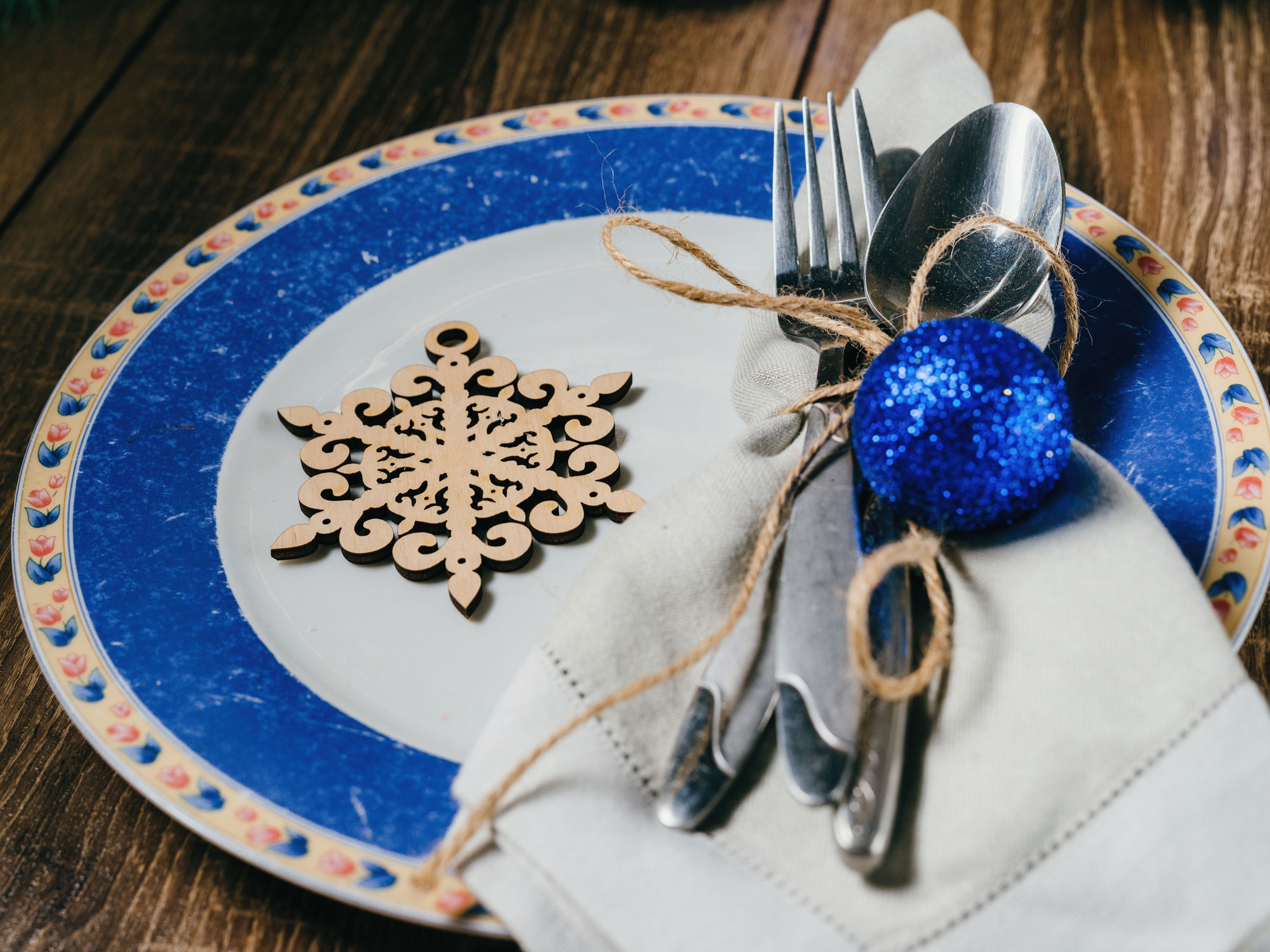Get Easy Health Digest™ in your inbox and don’t miss a thing when you subscribe today. Plus, get the free bonus report, Mother Nature’s Tips, Tricks and Remedies for Cholesterol, Blood Pressure & Blood Sugar as my way of saying welcome to the community!
Pack this toxic holiday ‘décor’ away for good

Over the holidays, chances are, you served up a little egg nog, wine or good old iced tea in some decorative holiday glasses or mugs.
They may be festive, but when you take down the tree and pack up the ornaments, you may want to box up those glasses for good…
University of Plymouth researchers have found that some decorative glass drinkware could be exposing you to toxic levels of lead and cadmium.
In their tests, the researchers found that many enameled drinking glasses and mugs contained as much as 100 times the legal limit of cadmium, and over 1,000 times the legal limit of lead.
Toxic metals in every sip you take
The danger lies in the paints and enamels used on decorative glassware.
For the University of Plymouth study, the research team did almost 200 tests on 72 new and used drinking products, including tumblers, beer and wine glasses, and jars.
Of the 72 glasses, lead was found in 52, while 51 contained cadmium. The toxic metals were found on the surface of the glass and, in some cases, on the rims, including in gold leaf. Red enamel had the highest concentrations of cadmium.
The tests also determined that flakes of paint often chipped off of the glass rims, and that both metals were easily removed from lip areas by a 4% acetic acid solution.
The lead concentration on the glasses tested ranged from 40 to 400,000 parts per million, while cadmium levels of 300 to 70,000 parts per million were found.
According to the U.S. Office of Environmental Health Hazard Assessment, the limit levels for the lip areas of drinking glasses are 200 parts per million for lead, and 800 parts per million for cadmium.
The danger isn’t just from drinking
Back in 2010, McDonald’s recalled 12 million drinking glasses decorated with characters from the movie “Shrek” because the paint used in the pictures contained cadmium.
Around the same time, Coca Cola recalled 22,000 glasses painted to look like the original Coca Cola glass bottle, because testing found cadmium in the paint.
Not only can poisoning occur from drinking from these glasses. Touching the outside, then touching your eyes, nose, or mouth can lead to ingesting toxic metals.
Also, putting glasses that are coated with toxic paint into the dishwasher can cause contamination of other dishes.
The effects of lead and cadmium poisoning
Lead poisoning is not news. We’ve long known that lead is a neurotoxin, and that children who ingested it by eating paint chips suffered neurological and cognitive impairments.
In adults, lead poisoning can also damage the nervous system, as well as the kidneys and stomach. It can cause high blood pressure.
Cadmium is a toxic metal that is of no use at all to the human body. It is a carcinogen, and induces neuron cell death. It affects blood pressure, and induces bone damage.
How to protect yourself
Chelation is a good way to cleanse your system of heavy metals that have already found their way in.
If you want to learn more about chelation, here’s a good place to start. When you’re ready to begin cleansing your system, you’ll want to use the best supplements for detoxing.
The best thing you can do any holiday season going forward is to serve your holiday drinks from undecorated glasses. It may not seem as festive, but it’s the truest way to toast to your health and wellness in the New Year and every year to come.
Editor’s note: Have you heard of EDTA chelation therapy? It was developed originally to remove lead and other contaminants, including heavy metals, from the body. Its uses now run the gamut from varicose veins to circulation. Click here to discover Chelation: Natural Miracle for Protecting Your Heart and Enhancing Your Health!
Sources:
- WARNING: Lead levels dangerously high in drinking glasses and popular merchandise — Natural Health 365
- Drinking glasses can contain potentially harmful levels of lead and cadmium — University of Plymouth
- High levels of migratable lead and cadmium on decorated drinking glassware — Science of The Total Environment
- How Safe Are Your Drinking Glasses? — U.S. National Library of Medicine
- The Glass in Which You’re Served Alcohol May Contain Toxic Lead! — NDTV
- Beware of “collectable” drinking glasses: Lead, cadmium risks — Environmental Services Group
- Check Your Holiday Glassware — thedoctorwillseeyounow.com
- How Safe Are Your Drinking Glasses? — WebMD
- Drinking Glasses Are Loaded With Cadmium And Lead — IFLSCIENCE
- Drinking glasses can contain harmful levels of lead and cadmium — University of Plymouth
- The Health Dangers of Cadmium — Global Healing Center
- Health Effects — Toxicological Profile for Cadmium
- It’s time to get the lead out of your water—and your body — Easy Health Options
- The Best Supplements For Detox And A Healthier Heart — Easy Health Options
- McDonald’s Offers Cash in Recall of Shrek Glasses — The New York Times














